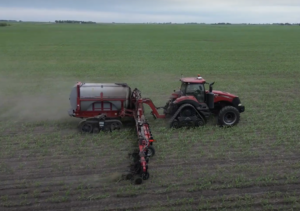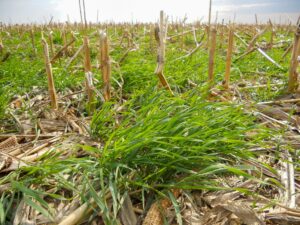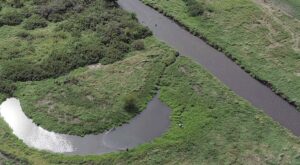By: The Nature Conservancy
July 2025
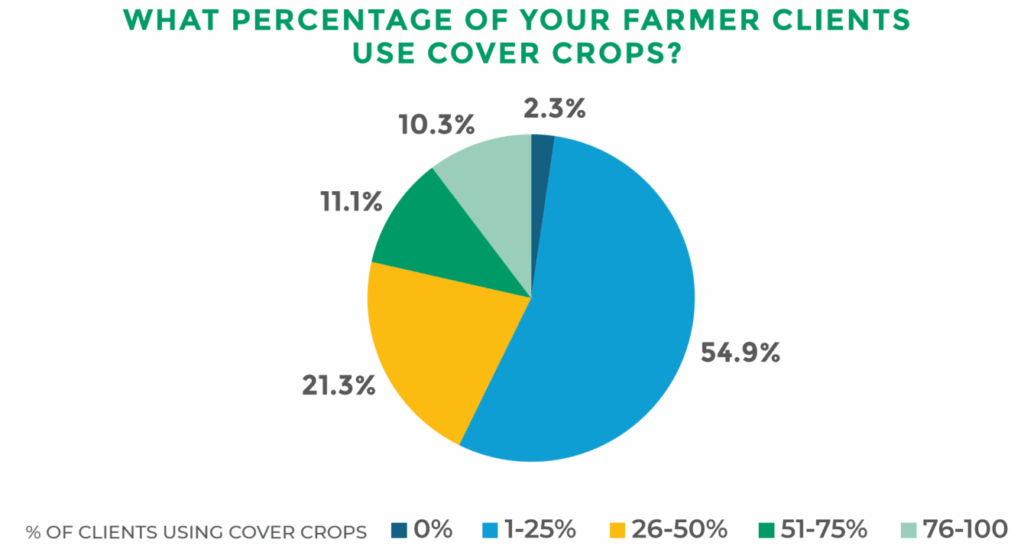
Farming is an increasingly complex business, and producers can’t do it all themselves. They rely on the knowledge and perspectives of others for farm decision making. These advisors play a significant role in the many management decisions farmers make — including the adoption and effective use of cover crops.
With that in mind, the 2024-25 CTIC/SARE/ASTA National Cover Crop Survey shifted its focus from farmers to farm advisors. These advisors will likely have even greater influence on the next wave of adopters than they did on the initial innovators and early adopters of cover crops.
Influencing cover crop use
“Interest in cover crops is strong and growing,” says Mike Gilman, senior conservation program manager at the Iowa Soybean Association. While cover crops account for a small portion of the total acres seeded to row crops, Gilman says the conservation story is getting louder and it’s starting to shift the mindset.
“Financial incentives help, but I believe farmers are starting to think about being better stewards of their land. They can’t bring in new soil, but they can improve what we have,” Gilman says. “They’re thinking about passing this down to the younger generation and what they can do to leave the land better than they found it.”

This tracks with survey findings. The top three reasons respondents’ farmer clients started using cover crops include:
- To reduce erosion.
- To receive an incentive payment.
- To improve soil health.
Respondents reported nearly 59% of their clients were interested in cover crops, and just 14% were disinterested in the practice. Of note — 57% of those advisors expect cover crop acres to climb in the years ahead.
Cover crop users are believers
The 654 farm advisors who completed the survey were nearly split between farmers and non-farmers. Of that farmer group, 7 out of 10 were themselves cover crop users, which correlated with higher proportions of their farmer clients using cover crops. This group is more likely to advocate for the practice and less likely to defer questions about cover crops to other sources.
Why is that significant? “Farm advisors earn that moniker through their interactions in their farmer community, and that lends them credence,” Gilman observes. “They’re seen as an influencer, somebody with a greater knowledge base. Therefore, they’re heard and well respected.”
That’s doubly true for advisors who farm. “Ultimately, farmers learn and gain trust from talking to other farmers,” Gilman says.
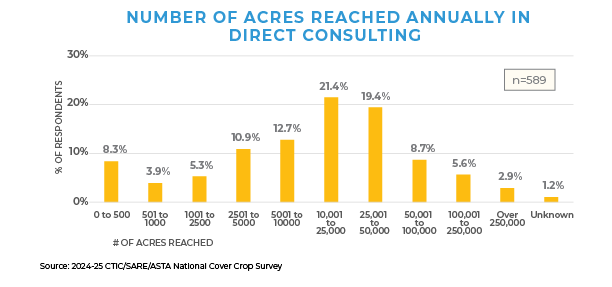
Why the heavy usage among advisors?
A high percentage of the advisors who farm use cover crops relative to the general farming population. They also tend to advocate for the practice. “Farm advisers have seen what others have done and the benefits of these practices,” Gilman says. “This group also tends to be a little more open minded and on the earlier side of the adoption curve.”
The nature of their work also increases familiarity with cover crops. Most advisors — 72% of survey respondents — learned about the practice on the job. The survey shows advisors are just as eager for information on cover crops as the farmers they serve. Their preferred method of receiving it is shorter bouts of virtual training lasting 1 to 2 hours.
The advice they provide farmers runs the gamut, but the most popular subjects include support on cover crop species selection, establishment and termination. Queries about economic returns also top the list of farmers’ most asked questions.
Helping farmers use conservation practices for soil health improvement
Groups like the Iowa Soybean Association are another great resource for answering agronomic questions and putting plans in motion for a wide variety of in-field and edge-of-field practices. Conservation agronomists on staff work with farmers to outline their goals and develop customized plans for their operations and identify grant and cost-share opportunities.
“We help farmers plan out what cover crop species makes the most sense, when and how to plant and later terminate it, and how to adjust on the fly to any curveballs Mother Nature throws their way,” Gilman details.
ISA also makes a point of leveraging farmer-trusted influencers like sales agronomists to widen their reach. But Gilman says the most influential group when it comes to cover crops and other conservation practices are farmer champions.
“Farmers who believe in cover crops, have made them work, and have done so for a number of years have the greatest influence on other farmers,” he says. When that farmer is also an advisor, it’s a powerful combination.
What holds farmers back?
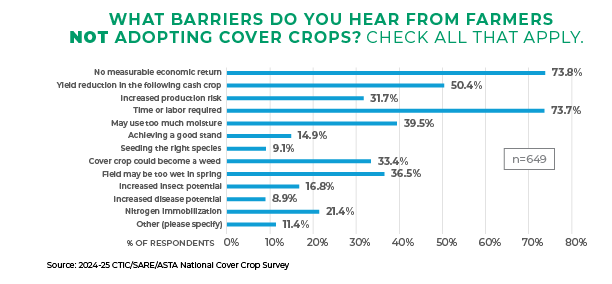
Addressing farmers’ concerns about trying cover crops is also key to wider adoption. Gilman says one of farmers’ primary concerns is that cover crops will draw down yields, a sentiment mirrored by the survey findings.
One way the conservation agronomists at ISA address those economic concerns is by connecting farmers with cost-share or grant opportunities. Gilman also speaks with farmers about taking a big-picture, long-term approach when it comes to calculating the true ROI of cover crops.
“A number of studies show yields will return to baseline or rise if a farmer sticks with cover crops for multiple years,” Gilman says. However, yield potential is just one element of the equation.
“Maybe you’ve reduced a pass or two across the field or cut some herbicide application. Cover crops also control erosion and improve your soil’s structure and water holding capacity,” Gilman says. “Those benefits are tough to quantify, but they should be part of the true ROI analysis.”
Ultimately, conservation efforts are about legacy — leaving the land better than we found it. Farm advisors are uniquely positioned to help farmers make that a reality.

